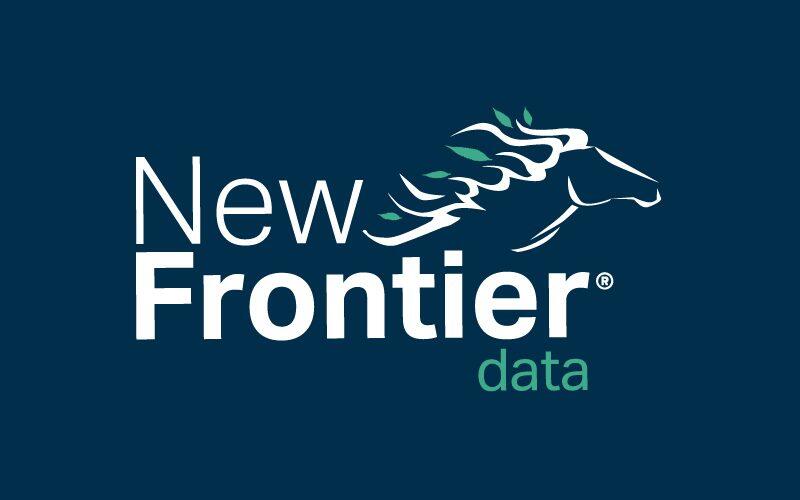New Green Rush in the Great White North

Canadian Market Projected Growth
April 15, 2018
Diagnosing Why Canada’s Medical Market Should Thrive
April 20, 2018By J.J. McCoy, Senior Managing Editor for New Frontier Data
A year ago this month, Canadian Prime Minister Justin Trudeau struck a watershed moment for cannabis reform worldwide in announcing a comprehensive plan for a nationwide, adult-use market. Though his initial goal of a rollout by July 1 of this year is yet to manifest itself (the Canadian Senate is slated to debate regulatory details up until June 7, with some implementation delays certain to push opening to as late as Q1/19), there has been no lack of momentum in the markets.
Beyond reforming its criminal laws, the Canadian federal government will license growers and set production standards while delegating regulatory responsibilities for managing distribution and retail sales to its respective 10 provinces and three territories.
By doing so, Canada marks the first G20 nation to establish a broad system to permit adult use and medical use of cannabis — worldwide, only Uruguay had previously adopted a national policy for permitting widespread use of cannabis. Unsurprisingly, Canada throughout the past year has been establishing itself as the global leader in international cannabis.
Canadian licensed producers (LPs) are positioning themselves in both the domestic market and international markets, trying to expand capacity to support anticipated increases in demand once the new market opens.
“As more LPs come on line there will be more capacity and more supply available,” noted Beau Whitney, New Frontier Data’s senior economist. “This is setting the market up for lower prices at the wholesale level, as suppliers cut prices to retain customer loyalties. The LPs with the best cost structures will be better positioned for success in the long run after margins compress.”
As detailed in New Frontier Data’s latest report,“The Canada Cannabis Report: 2018 Industry Outlook”, the Great White North has seen enormous investment gains over the past two years, with five of the top LPs experiencing between 400% and 1,050% gains in stock prices since April 2016. Subsequently, investment activities there have remained active in advance of the adult-use program, particularly toward the end of 2017.
Performance of stock indices have been strong relative to other markets, and — based on data from Viridian Capital Advisers — deal pace, deal volume, and investor sophistication are all increasing. While investment performance has been volatile in the short run, the long-term trend has been positive. Federal legalization opens the door to raise capital and receive financial services, as well as access to other international cannabis markets. Such has led investors to regard Canada’s cannabis market favorably with strong gains and anticipated global market expansion, indicating strong future growth potential compared to other legal markets.
Nevertheless, Whitney cautioned, “while it has less risk than the U.S. market, Canada is not void of risks altogether. Regulatory decisions, the extent of delay in adult-use deployment, and loss of investor confidence in companies with frothy valuations can significantly impact the country’s cannabis market.”
“While the upsides are attractive, investors smitten by the allure of profiting from the ‘green rush’ need to remember that business is still business,” he reminded. “Success will be defined by how well each business adapts and executes in a dynamic but volatile market. It is going to be a wild ride for the next two years while this is all sorted out.”

J.J. McCoy
J.J. McCoy is Senior Managing Editor for New Frontier Data. A former staff writer for The Washington Post, he is a career journalist having covered emerging technologies among industries including aviation, satellites, transportation, law enforcement, the Smart Grid and professional sports. He has reported from the White House, the U.S. Senate, three continents and counting.




